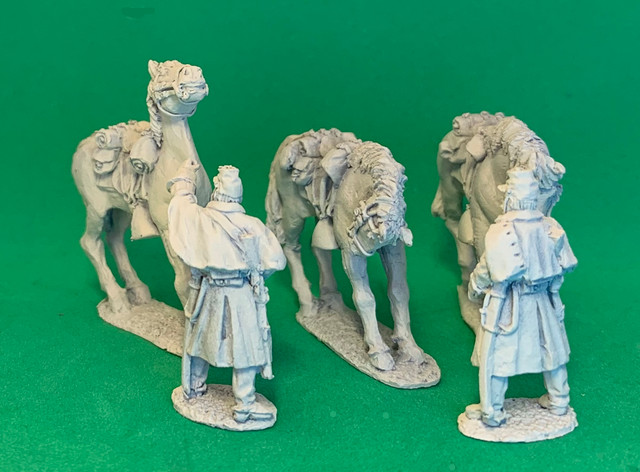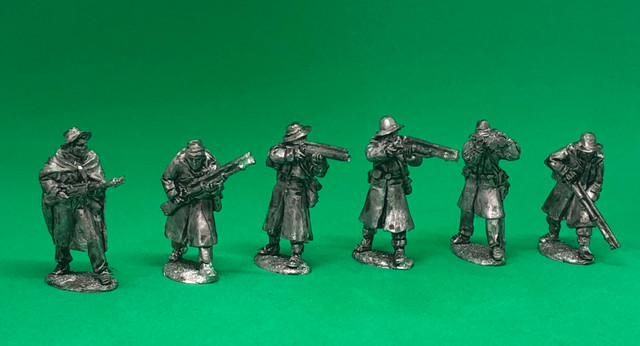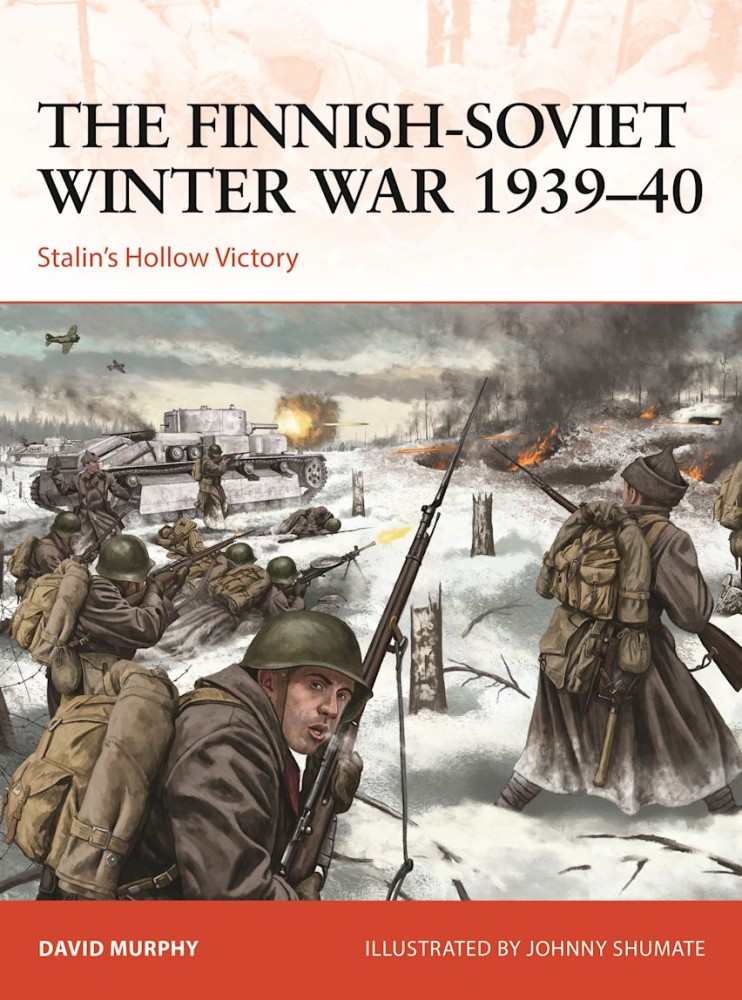2 dismounted Union cavalry men in winter clothing, with 3 horses.
These miniatures are cast in high white metal and contain a small amount of lead.
Not suitable for children under 14 years of age.
Figures supplied unpainted.
6 Confederate sharpshooters in winter clothing.
These miniatures are cast in high white metal and contain a small amount of lead.
Not suitable for children under 14 years of age.
Figures supplied unpainted.
On 23 August 1939, a secret protocol was appended to the German–Soviet Non-Aggression Pact; as part of this, Finland was assigned to the Soviet sphere of influence. On 30 November that year, in an effort to protect against renewed German aggression in the East, the Soviet Union attacked Finland, beginning what became known as the Finnish-Soviet Winter War. This long-awaited addition to the Campaign series explores the events of the war of November 1939 to March 1940. Set against the background of the developing global conflict, the conflict saw the Finnish Army thwart the plans of the sizeable Soviet forces assembled against it, before finally being forced to concede. The major battles of the war, which took place in harsh winter conditions, are covered in detail, including the Mannerheim Line, the fighting in Ladoga Karelia and Kollaa, and the clashes in Finnish Lapland.
The invasion was expected to be swift and decisive. However, as Dr David Murphy details, a combination of difficulties caused by the weather, the terrain, the Mannerheim Line defences and Finnish tactics blunted the Soviet advance and inflicted high numbers of casualties.



